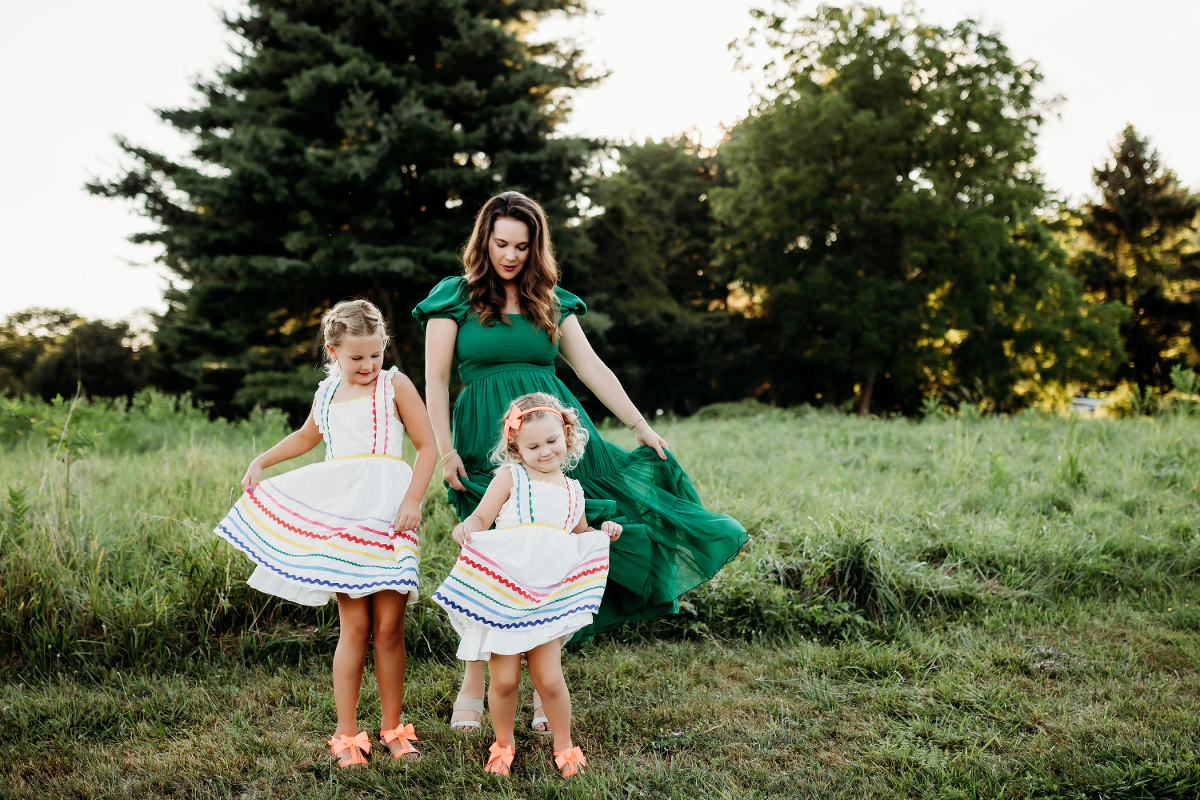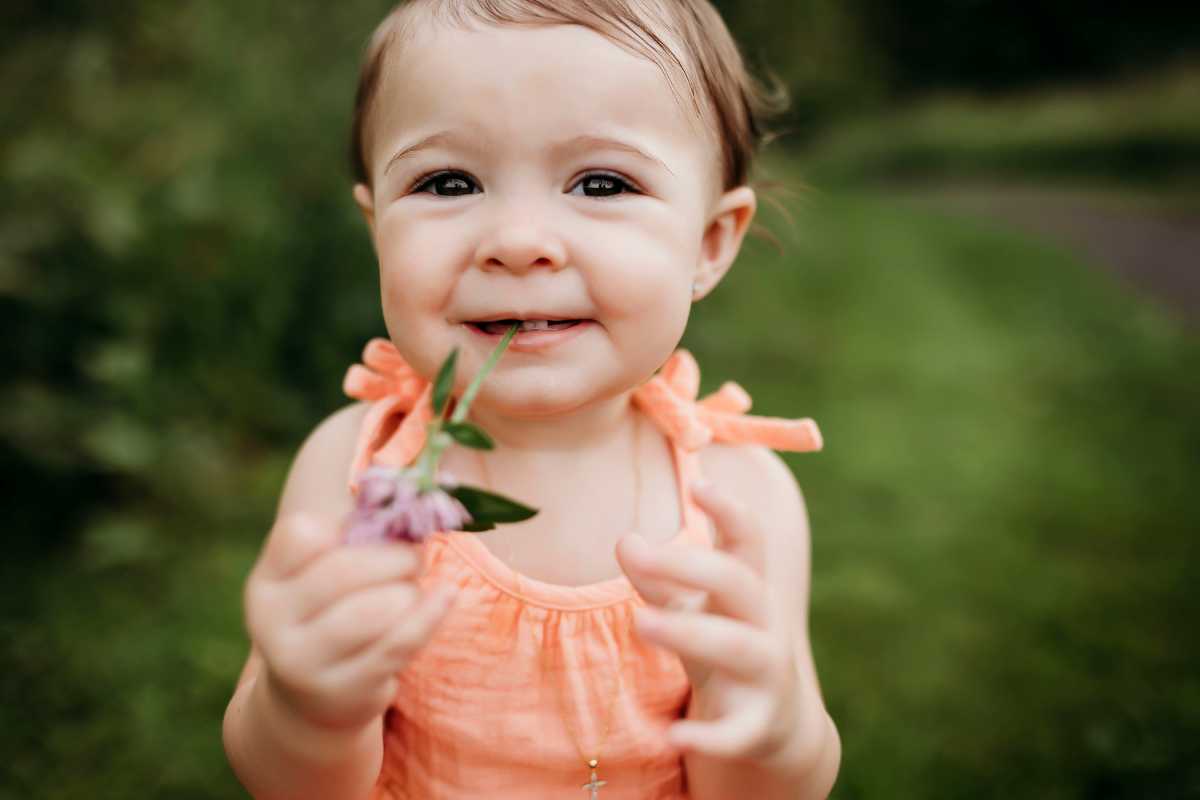Focus is a tricky thing when it comes to taking pictures. There are so many different things that come into play – aperture, depth of field, how close you are to your subject, etc. Before we dive into how you can get sharper photos, it’s important to know the different focus modes on your camera. Check your camera’s manual to find out where you can find them.
.jpg)
One Shot (Canon)/AF-S: Auto Focus-Single (Nikon) One Shot Focus/AF-S is used for subjects that are being perfectly still and won’t be moving in any way. Buildings, plants, etc. Something that you know isn’t going to wiggle or even breath heavy while you are composing your shot and getting ready to snap your image. I’ll use this when photographing newborns and even older children.
Al Servo Focus/AF-C is for shooting an object that might move…like a wiggly three year old. I highly recommend this focus mode if you are going to be shooting children, babies, or even flowers that might blow in the breeze. It offers a bit more security in making sure that your shot is in focus when your subject might move.
Al Focus (Canon)/AF-A: Auto Focus-Automatic(Nikon) This is the in between auto focus mode. Al Focus/AF-A will automatically switch your camera from One Shot/AF-S (when you have a stationary subject) to Al Servo/AF-C (a moving subject) if the subject moves any. I’ve never used this mode because I primarily shoot people, but if you do a lot of landscape or architectural shooting, this might be something for you to check out if you want that option.
The only other way to focus your camera is manually. You would do this by switching a button on the lens itself. It’ll go from AF to MF. Then you’d turn the focus ring on the lens until your subject is in focus. So why would you want to choose manual focus when your camera can do it pretty good all by itself? Well, when your camera focuses on something it needs to grab on to some kind of contrast. If you are trying to shoot on a super hazy day or in a spot with really low light, your camera is going to have a hard time focusing because there’s not a lot of contrast. It might help to switch to manual focus here so that you can find your subject and get it in focus.
Choosing a Focal Point: Also called toggling. When you push the shutter half way down to focus on your subject, you’ll notice little squares that light up. These little square are your focus points. It might look something like this.

When you are shooting in auto, your camera chooses what it thinks you want to focus on, usually an area of high contrast. If you switch to manual or any of the other semi-automatic modes, you can choose different focal points.
If you are shooting images of people you want the eyes to be the sharpest and clearest point in your image so always set your focal point on the eye of your subject. If your aperture is set properly, you should be able to focus on the eye closest to you and still get the other eye in focus as well. When I first started in photography, everything I read said to shoot wide open (at the largest aperture) so that you can achieve that creamy, blurry background (called bokeh) and really make your subject stand out. It’s not as easy as it sounds and it’s even more difficult when you are photographing families and toddlers on the move. It took me a few years to develop my style and feel comfortable with my settings and not worry about how other people were shooting. The more you practice and get to know your camera, the more confident you’ll feel about your images.
.jpg)
Quick note about focus. Focus falls backwards. If you are photographing a group and everyone is on a different plane (we talked about this in the aperture post), you want to focus on whoever is closest to the camera. It is more acceptable to have people towards the back of the photo out of focus then it is to have people in the front of the photo out of focus.
Tomorrow we’ll talk about common reasons your images might be out of focus. If you’d like these and other photography tips delivered to your inbox every Friday, click here!






